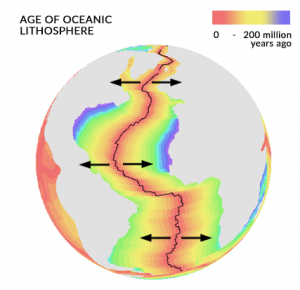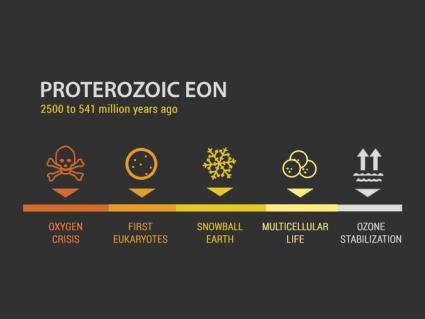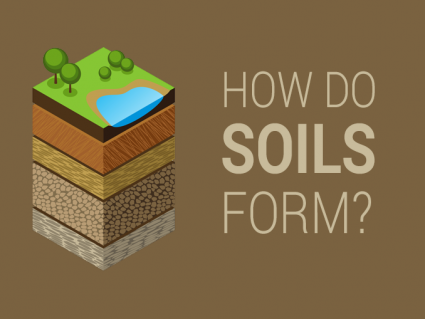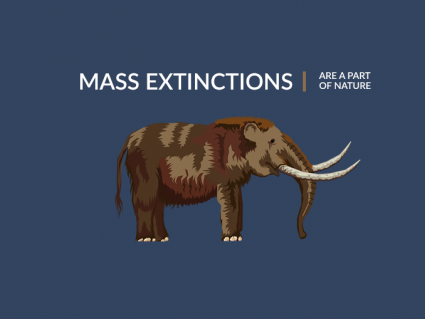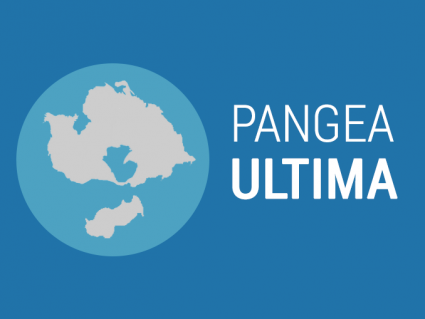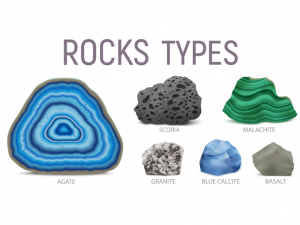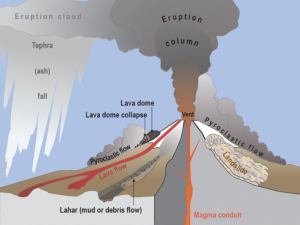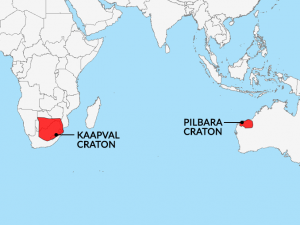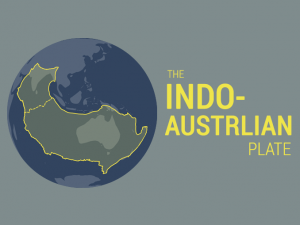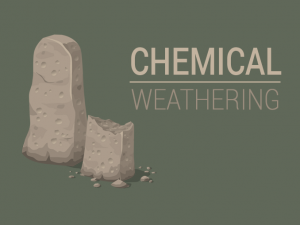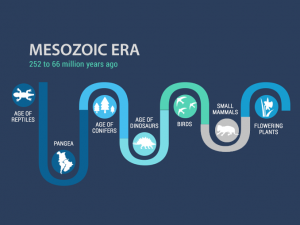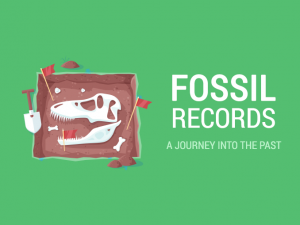Earth Crust: Oceanic Crust vs Continental Crust
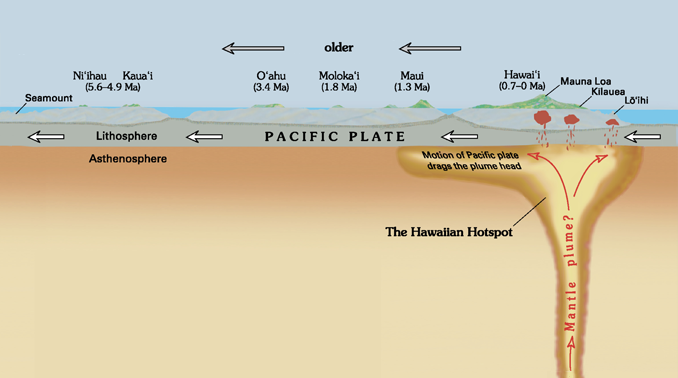
Earth’s crust is all around us.
Actually, it’s the layer we live on.
But did you know that Earth’s crust is composed of oceanic and continental and oceanic crust?
And it turns out that both are very different from each other.
But what’s the difference between oceanic and continental crust?
Read more to find out.
How does plate tectonics relate to Earth’s crust?
Hidden beneath Earth’s oceans, underwater volcanoes spew out lava at mid-oceanic ridges (rift valleys). Because divergent plates move apart from each other at mid-oceanic ridges, magma flows upwards from the mantle beneath.
When the lava hardens, it becomes dark rock “basalt” and forms new plates. Because divergent plates fill in the gaps with basalt, the oceanic crust turns out to be very young geologically.
Over time, the plates grow at the oceanic crust, and older rock is pushed away from mid-oceanic ridges. When young rock forms at mid-oceanic ridges, the older rock beneath the ocean is pushed away. This is why older rock is further away from mid-oceanic ridges.
But the Earth isn’t expanding so it gets destroyed at subduction zones at the opposite ends of the plate. At convergent plate boundaries, it pushes rock into the mantle and melts where it sinks down into the mantle.
How is oceanic crust different from continental crust?
Continents do something different from oceanic crust. If you know Earth’s density, they are too buoyant to sink compared to the heavier mantle rocks underneath.
This is why continental crust floats on the surface of the mantle. Continental crust also consists of the shallow seabed close to shores called continental shelves.
Unlike oceanic crust which has young geological rock, continents contain rocks that are up to 4 billion years old. For example, continents are composed of igneous, sedimentary, and metamorphic rocks.
Over time, continents bang into each other like a destruction derby. After they collide, they retain scars like mountain ranges. The rocks can be twisted because of their interaction with other continents. As time passes, weathering and erosion can erase landscapes like a giant eraser.
Where is the oldest and youngest rock on Earth?
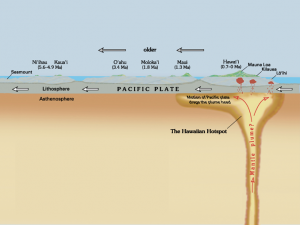
While buoyant continental crust is old geologically, denser oceanic crust is continuously created at mid-oceanic ridges. This means that the youngest rock on Earth is under the oceans.
Continents float on the surface of the mantle. In fact, the whole lithosphere sits on the plasticky asthenosphere layer that acts like a fluid.
But oceanic crust goes through a cycle of creation at divergent plates and destruction at convergent plates.
For example, the boundary along the African Plate and the South American plate is divergent. This means that this oceanic trench in the Atlantic Ocean has some of the youngest rocks on Earth.
Let’s dig a bit deeper into Earth’s geology
Today, you’ve learned that Earth is covered with both oceanic and continental crust. While oceanic crust is mostly young igneous rocks, continental crust is old and buoyant.
Our dynamic planet is a remarkable place. We’re learning new things about it every day.
If you want to dig a bit deeper into the geology of Earth, check out our section of plate tectonics. Or drop us a comment below.

